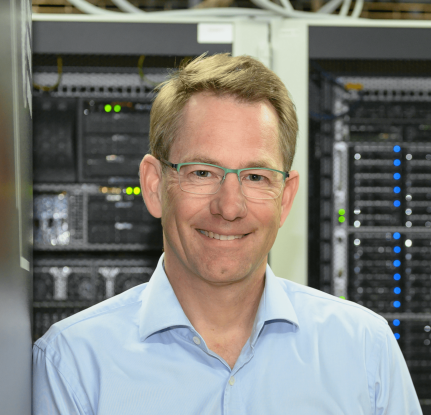The challenges of climate change require that emissions be reduced in every technical process. Even though aviation is a pioneer in emissions reduction, it is also important here to keep pollutant emissions to a minimum. In addition to CO2, emissions of soot and NOx also play an important role. Due to the highly complex, unsteady flow field within the engine, it is no longer sufficient to look at the components separately, but also to consider the unsteady interaction of these components to identify new potential for increasing efficiency and reducing emissions. To achieve these targets, CFD simulations are an essential tool during the development of new products and thus must be capable to precisely identify potential for improvement. In PERseuS, the cross-component interaction from fuel preparation to the combustion process with pollutant formation to the aerothermal loading of the turbine are investigated.
The institute STFS is developing detailed models to predict the formation of pollutant emissions during the combustion process. Existing models (ESTiMatE) are extended for the transient conditions found in an aero-engine combustion chamber and for real fuels, e.g., SAF.
The institute GLR is conducting parameter and robustness studies of the combustor geometry to investigate the influence of design measures in the combustor on the aerothermal load in high pressure turbine stages. Scale-resolving simulations and unsteady coupling methods from previous projects (Prestige) are used to map the turbulent structures of the combustion chamber flow and its propagation into the turbine. The unsteady coupling methods are extended to improve the mapping of unsteady flow phenomena of the combustor flow in stand-alone turbine simulations.
Using artificial intelligence methods, the behaviour of these interaction mechanisms will be mapped in a fully coupled manner and the future development of the products will be accelerated and made more efficient.
Methodology
Parameter study: Using the commercial CAD software Siemens NX for adjustments of the combustor geometry
CFD solver: Using the Rolls-Royce in-house CFD solver PRECISE-UNS, Large-Eddy Simulations (LES) are used to describe the gas phase flow and combustion processes in the combustion chamber and the NGV. Combustion is modelled using a flamelet approach available in the CFD solver.Using the commercial solver ANSYS CFX, compressible scale-resolving simulation with unsteady inlet boundary conditions for full high pressure turbine stages are conducted.
Soot model: The split-based extended quadrature method of moments (S-EQMOM) for soot modelling developed at STFS was validated from laboratory scale configurations up to a real aero-engine combustor. It is integrated into PRECISE-UNS and used to describe the formation and evolution of soot.
Key Scientific Takeaways
- Accurate prediction of soot particle distribution under realistic aero-engine conditions.
- Improved prediction of NOx emissions in future engine development.
- Identification of chain-of-effects at the combustor-turbine interface (CTI) allows for improved predictions of the influence of the combustion chamber on the aerothermal load on the turbine.
- Enhancement of unsteady coupling methods for an improved mapping of unsteady flow phenomena of combustion chambers within stand-alone turbine simulations
- Development of hybrid AI models to analyse the whole chain of effects from the fuel preparation to the aerothermal turbine load.
Related Projects
ESTiMatE (opens in new tab)(2019 – 2022), Prestige (opens in new tab)(2019 – 2022)
Funding and cooperation
PERseuS is a joint research program in the frame of LuFo VI, Call 2. It is financially supported by the Federal Ministry for Economic Affairs and Climate Action (BMWK) under grant number 20D2102C. Calculations for this research are conducted on the Lichtenberg high performance computer of the TU Darmstadt.
Publications
- Koob, Philipp; Nicolai, Hendrik; Schmitz, Robert; Hasse, Christian: Analysis of potential soot breakthrough during oxidation at aero-engine relevant conditions. In: Proceedings of the Combustion Institute 2024, 40(1-4), ISSN: 1540-7489, doi:10.1016/j.proci.2024.105672, [Article]
- Koob, Philipp; Ferraro, Federica; Nicolai, Hendrik; Eggels, Ruud; Staufer, Max; Hasse, Christian: Large Eddy Simulation of Soot Formation in a Real Aero-Engine Combustor Using Tabulated Chemistry and a Quadrature-Based Method of Moments. In: Journal of Engineering for Gas Turbines and Power 2023, 146(1), ISSN: 1528-8919, doi:10.1115/1.4063376, [Article]



